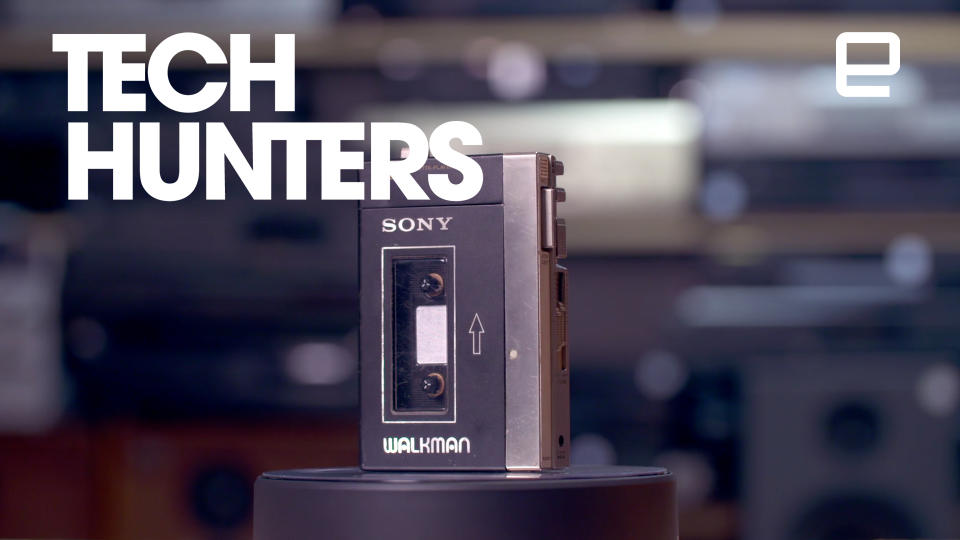Tech Hunters: How the Walkman changed the way we listen to music
Forget the iPod, the Sony Walkman was the first true portable music player.
Today, billions of people have access to portable music, mostly thanks to smartphones. The world's music catalog is at our fingertips thanks to Spotify, Apple and Amazon's online store, but it's not always been that easy. It wasn't until 1979 that music lovers could finally get their hands on a true portable player: the Sony Walkman.
Even though Sony wasn't the first to introduce magnetic cassette technology, the Walkman was the device that made it popular. The introduction of the Sony Walkman TPS-L2 allowed consumers to carry their pre-recorded tapes -- which were normally bound to car stereos or home music centres -- and place them inside a stylish 14 ounce, bluish-silver player with big buttons that could be strapped to their belt.
Initially, Sony believed it could sell 5,000 units a month, but it smashed all expectations by shifting more than 50,000 in the first two. Fast forward to 2010 and the Japanese electronics giant had sold 200 million of the things, with cassettes easily surpassing vinyl record sales on the way.
Although the Walkman brand is still alive today, thanks to an updated range of digital music players, it was at its most popular in the 80s and 90s (so much so that the word "Walkman" entered the Oxford English Dictionary in 1986). It's a design classic that revolutionised the world of music, at least until Steve Jobs reinterpreted it for the modern age. Julia Hardy hits the audio highway to find out what a good Walkman can cost now.
Tech Hunters is a 10-part video series that uncovers the devices we were once obsessed with, looking at how they disrupted the tech industry, and what they're worth today. From the pocket pet obsession with the original Tamagotchi, to mix-tapes and Sony Walkman, Tech Hunters explores the audio, visual, interactive and transport innovations that have shaped today's culture.



